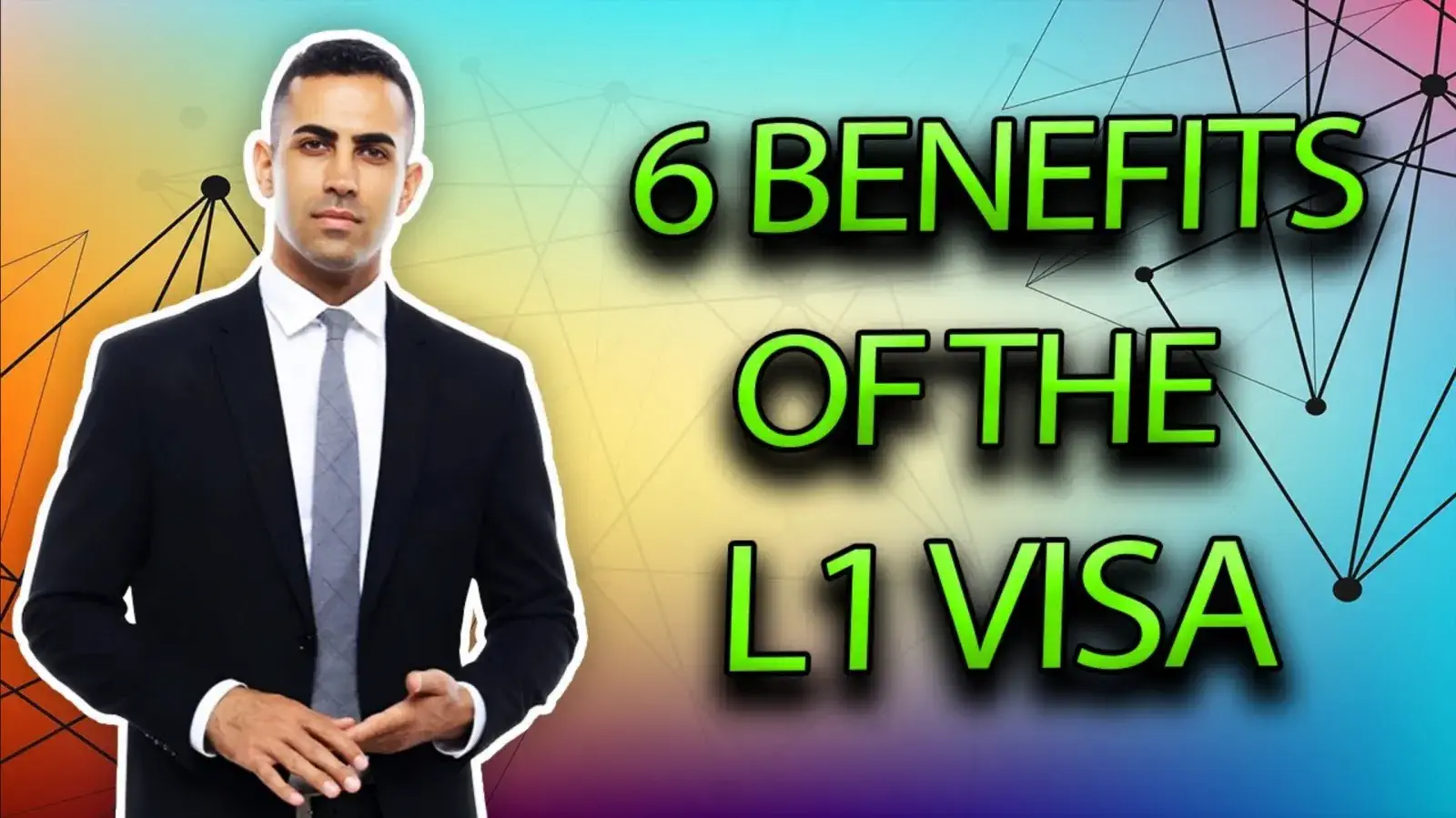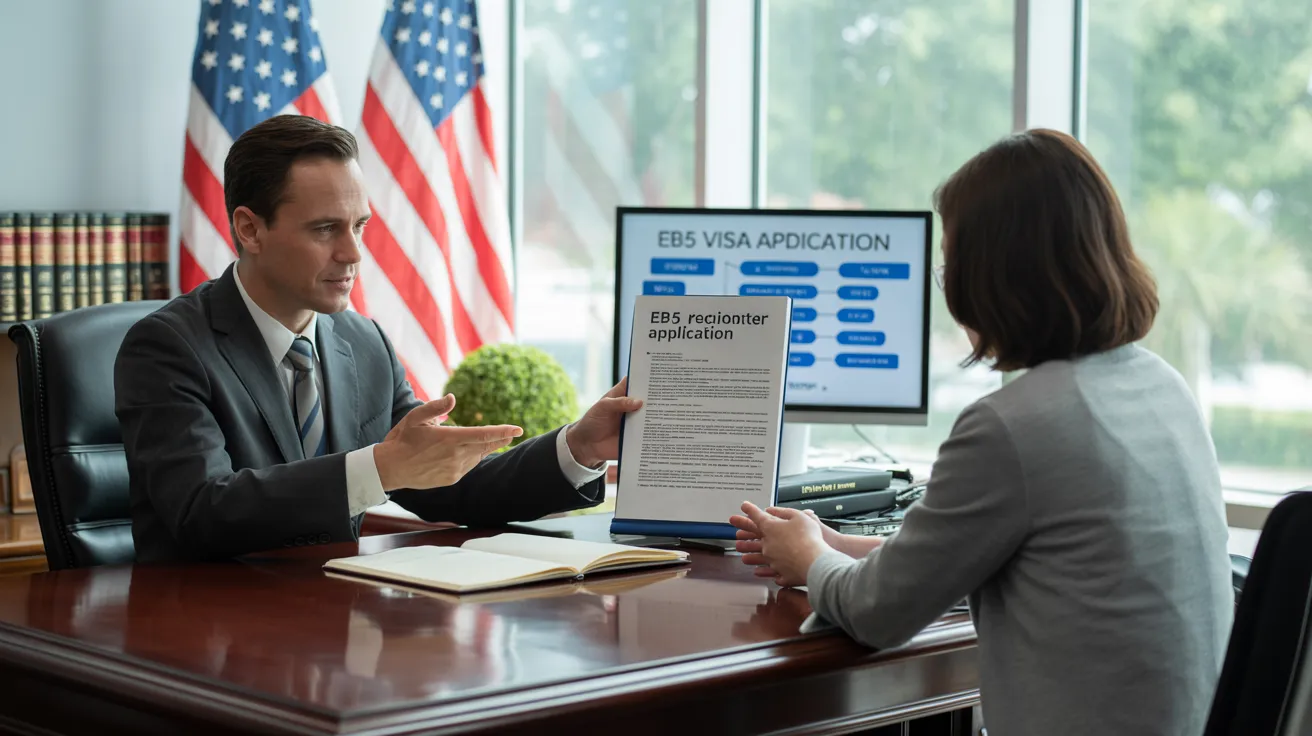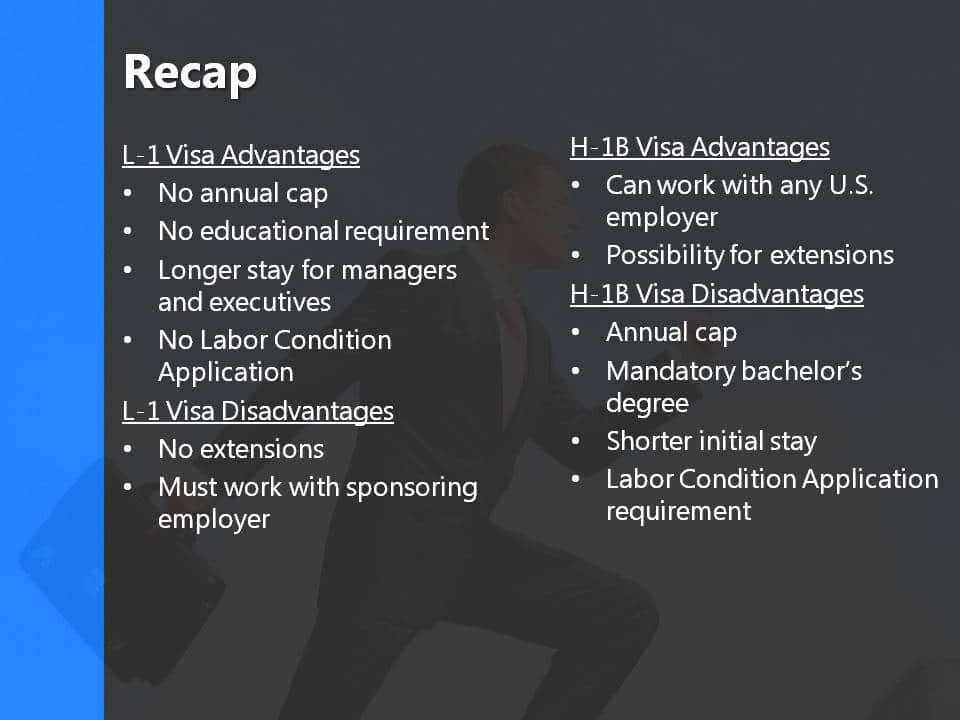4 Easy Facts About L1 Visa Shown
Table of ContentsThe 9-Second Trick For L1 VisaL1 Visa - TruthsGetting The L1 copyright WorkL1 Visa - QuestionsThe smart Trick of L1 Visa That Nobody is Talking AboutNot known Facts About L1 Visa
Offered from ProQuest Dissertations & Theses Global; Social Scientific Research Premium Collection. DHS Office of the Examiner General. Recovered 2023-03-26.
U.S. Department of State. Obtained 2023-02-08. Tamen, Joan Fleischer (August 10, 2013).
The Facts About L1 Visa Revealed
In order to be qualified for the L-1 visa, the international firm abroad where the Recipient was used and the United state firm have to have a certifying partnership at the time of the transfer. The different kinds of certifying partnerships are: 1.
Business A has 100% of the shares of Company B.Company A is the Parent and Firm B is a subsidiary. There is a certifying connection between the 2 firms and Company B need to be able to fund the Beneficiary.
Instance 2: Business A is included in the united state and desires to request the Beneficiary. Company B is integrated in Indonesia and employs the Recipient. Company A possesses 40% of Firm B. The continuing to be 60% is had and managed by Firm C, which has no relationship to Business A.Since Business A and B do not have a parent-subsidiary partnership, Company A can not sponsor the Beneficiary for L-1.
Business A possesses 40% of Company B. The staying 60% is possessed by Company C, which has no relationship to Firm A. Nonetheless, Company A, by formal contract, controls and complete takes care of Firm B.Since Firm An owns less than 50% of Business B however takes care of and controls the business, there is a certifying parent-subsidiary partnership and Business A can fund the Recipient for L-1.
Rumored Buzz on L1 Visa
Business B is included in the U.S.
The Best Strategy To Use For L1 Visa

The L-1 visa is an employment-based visa group developed by Congress in 1970, allowing international business to transfer their managers, execs, or crucial personnel to their U.S. operations. It is typically referred to as the intracompany transferee visa.

Furthermore, the beneficiary has to have operated in a managerial, exec, or specialized worker placement for one year within the three years coming before the L-1A application in the foreign firm. For new workplace applications, foreign work needs to have been in a supervisory or executive capability if the recipient is involving the USA to work as a supervisor or executive.
The Only Guide to L1 Visa

If given for an U.S. company operational for greater than one year, the initial L-1B visa is for up to 3 years and can be extended for an additional 2 years (L1 Visa). Alternatively, if the U.S. business is newly developed or has actually been functional for less than one year, the first L-1B visa find out more is released for one year, with expansions offered in two-year increments
The L-1 visa is an employment-based visa group developed by Congress in 1970, enabling multinational firms to move their managers, execs, or vital employees to their united state operations. It is frequently referred to as the intracompany transferee visa. There are 2 major kinds of L-1 visas: L-1A and L-1B. These types are appropriate for workers hired in different placements within a company.
An Unbiased View of L1 Visa
Additionally, the recipient must have worked in a supervisory, executive, or specialized staff member setting for one year within the three years coming before the L-1A application in the international company. For brand-new workplace applications, international work should have been in a supervisory or executive capability if the beneficiary is coming to the United States to work as a supervisor or exec.
for approximately 7 years to supervise the operations of the U.S. associate as an executive or manager. If issued for a united state firm that has actually been operational for more than one year, the L-1A visa is originally granted for approximately 3 years and can be expanded in two-year increments.
If granted for an U.S. company operational for greater than one year, the preliminary L-1B visa is for approximately three years and can be prolonged for an added two years. On the other hand, if the U.S. business is newly established or has actually been operational for less than one year, the preliminary L-1B visa is provided for one year, with expansions offered in two-year increments.